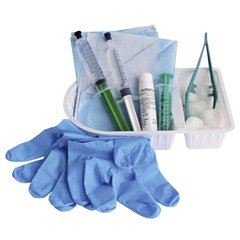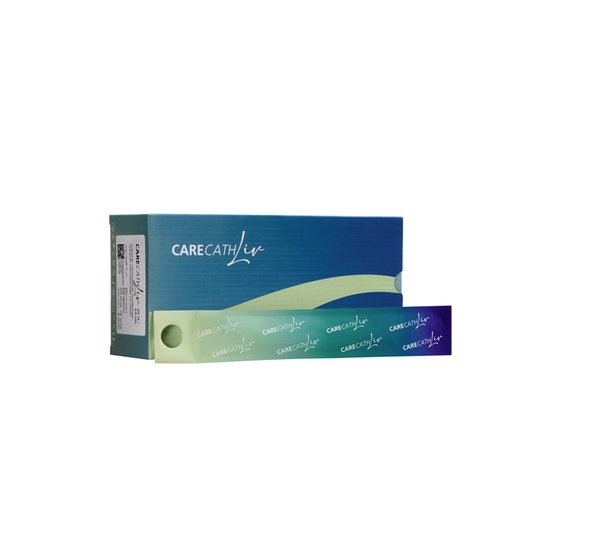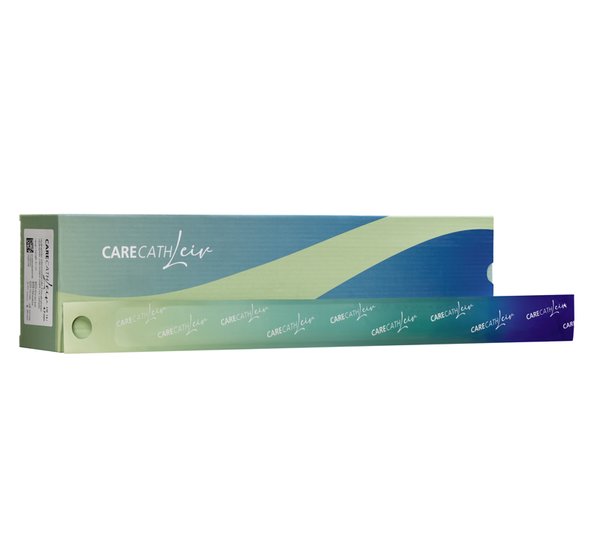ISC intermittent catheterisation
What is an intermittent catheter?
An intermittent catheterization, or IC catheter for short, is a flexible, tubular instrument for emptying the bladder. In contrast to a permanent catheter, it is used to empty the bladder once. The urine is emptied completely and without pressure. The special feature: The catheter is designed for independent use and minimizes the risk of urinary tract infections compared to a permanent bladder catheter.
What is intermittent catheterization? More about IC, ISC and IEC!
Intermittent catheterization is the corresponding practice for using an IC catheter. A distinction is made between:
- ISC - intermittent self-catheterization
- IEC - intermittent external catheterization
Patients should be instructed in advance on how to use an ISC catheter, but it is generally easy to learn. The majority of patients and even children from the age of 8 can perform intermittent self-catheterization independently. If the hand is impaired, special aids or intermittent external catheterization are used.
Intermittent catheterization - IC catheter: The first choice for men, women and children
Whether IEC or ISC catheter: Intermittent catheterization makes sense for every person with the appropriate indication. After all, it is safe. Not only for short-term use, but also for medium and long-term use. If natural bladder emptying is impaired, then the use of an IC catheter is generally preferable to other types.
Self-catheterization also depends on the user. The individual physical and psychological conditions of the patient are the basis. These include
- basic fine motor skills of the hands and fingers
- sufficient visual acuity
- individual drive and will of the user
self-catheterization (largely the same as with external catheterization): Advantages
- Minimizes possible complications: Urinary tract infections, impairment of the upper urinary tract, bladder stones or constrictions occur less frequently
- Comes closest to the natural process of urination
- Provides autonomy and mobility
- Shortens the recovery time after surgery
- The use of ISC catheters reduces the risk of bacterial infiltration and recurring urinary tract infections
- Preserves the sexual experience
- Discreet
- Increases the positive attitude towards life
- Bladder can be deliberately emptied on the toilet
- Suitable for men, women and children
To avoid urological complications, the use of an ISC catheter is therefore the most recommended method for emptying the bladder.
GHC offers the IC product series CARECATH Liv & Leiv. They combine the above-mentioned advantages with other excellent product properties and therefore represent a special recommendation.
IEC: Intermittent external catheterization
If the user is unable to perform ISC themselves for certain health reasons, there is the option of intermittent external catheterization, or ISC. In this case, a third person - for example a family member or a nurse - performs the catheterization.
Disposable catheter: Drainage aid for paraplegia etc.
Alongside an indwelling catheter and a urinary condom, the disposable catheter is the most important drainage aid for incontinence products, and not only in the case of paraplegia.
There are different articles and coatings for ISC catheters: for example, a hydrophilic or gel coating, whereby the hydrophilic surface is significantly more slippery and therefore more atraumatic to use. In addition to good gliding properties, well-made, rounded eyes (holes) are important, as this ensures that use is as complication-free and injury-free as possible.
Self-catheterization for a better quality of life
The expert standard of the German Network for Quality Development in Nursing (DNQP) clearly recommends the use of ISC over suprapubic or transurethral indwelling catheters, as long as the patient has the ability and the will to perform self-catheterization. The ISC catheter is primarily used for patients with neurogenic bladder dysfunction. The attending physician decides on a case-by-case basis.
Intermittent catheterization: Indications for use
On the one hand, ISC catheters are used both in the treatment (therapy) and in the examination (diagnostics) of various diseases.
Indications:
- Bladder emptying disorders
- Neurogenic bladder dysfunction
- Detrusor or sphincter underactivity
- Functional disorders due to drug treatment such as botulinum toxin
- Residual urine formation
- Disposable catheters are generally suitable for patients with paraplegia, a previous stroke, multiple sclerosis or Parkinson's disease
Self-catheterization: single-use catheters for men and women
When using an ISC catheter for catheterization, good instruction and organized preparation are essential. All necessary aids should be within easy reach.
Soft and flexible catheter tips, rounded catheter eyes (holes) and products with good lubricity are particularly recommended for long-term use. A distinction is made between:
- Nelaton disposable catheters
- Flexible tips
- Tiemann tip
- Nelaton catheter tips are the most common choice. Catheters with a flexible tip or Tiemann tip are used in men with a narrowed urethra, particularly in the area of the prostatic urethra
Ready-to-use GHC disposable catheters for men & women: CARECATH Liv & Leiv
The sterile disposable catheters made of PVC have a hydrophilic coating and are therefore particularly slippery. They are easy and safe to use. There is no risk of injury to the urethra if the surface is too blunt. The rounded, fire-polished drainage eyes ensure atraumatic use.
Another extra: the hydrophilic coating. This means that the CARECATH Liv & Leiv disposable catheters can be used immediately. Insertion is comfortable. The catheters lie in a liquid and can be used without preparation time.
The handles: The excellent grip thanks to the handle ensures good handling - even with limited dexterity.
Easy connection of the cone via the handle. For example, for connection with a urine bag or an instillation solution via a funnel.
GHC disposable catheter: The variants
- CARECATH Liv - 17 cm, CH 08-16 (CH 08 and CH 16 not yet available)
- CARECATH Leiv - 41 cm, CH 12-16
Self-catheterization - A variety of catheters for a variety of needs
GHC offers a wide range of products with different coatings. Attention should be paid to good gliding properties and well-made, rounded eyes (holes).
Are you looking for other products for draining incontinence? As a provider of medical aids, GHC also offers: urine bags as leg bags as well as bed bags and matching leg bag holders. GHC also offers urinary condoms for men, irrigation catheters and much more.
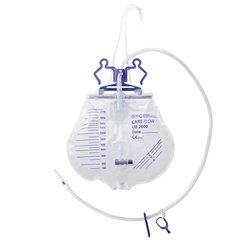
Care Flow UB 2000
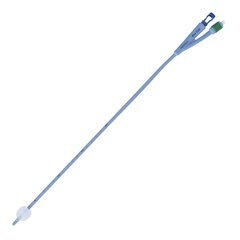
Bluecath silicone catheter
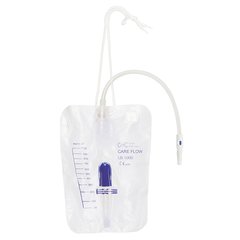
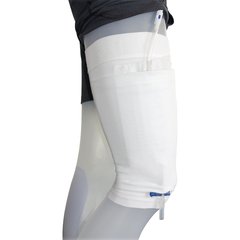
CARE FIX Fabric leg bag holder for the thigh
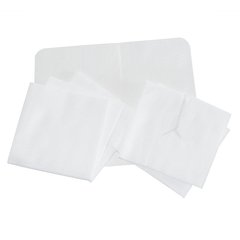
Care Dress Abdominal PEG dressing set
